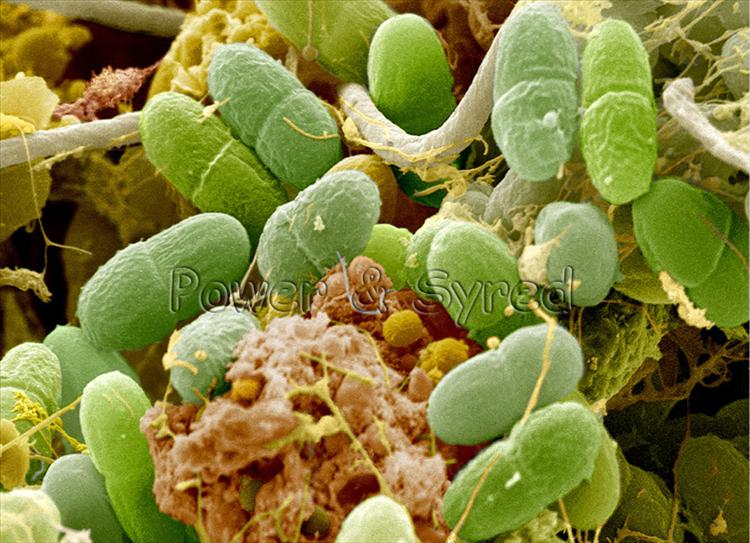Introduction
| What are Algae? | |
| Algae are eukaryotic organisms that have varying
characteristics such as size and habitat. They are at the base of their
ecosystem's food web and are, therefore, sources of energy for herbivores. They
typically live in wet environments located both inside and outside of bodies of
water, which is essential for their survival. Algae use photosynthesis to create
their food. Terrestrial algae, that live in a much darker environments,
have to create more sugar and starch to make up for the lesser amount of sunlight they
receive, thus having a "heterotrophic growth". |
 |
| What are Earthworms? | http://explosivereports.files.wordpress.com/2013/03/16617175-earthworms-macro.jpg |
| Earthworms are subterranean organisms that also reside in wet environments. They breathe through their skin which must be remain moist to allow for exchange of gases. Earthworms provide soil nutrients for plants and other organisms in their ecosystems. They make the soil fertile and healthier for plants to grow in it. Earthworms, as one of algae's predators, influence algae population. A great abundance of earthworms can greatly decrease algae levels. |
 |
| What did We Find? | http://www.psmicrographs.co.uk/_assets/uploads/soil-algae-desmid-80012856-l.jpg |
|
During the E.S.S.R.E 2014 Biota Survey, a significant
anomaly was observed in
Sites 2 and 4. Site 4,a flat, wet
microclimate through which a stream flows, incurred low levels of
algae and higher numbers of earthworms. Site 2, however, had higher levels of
algae and lower numbers of earthworms. The steep slope of Site 2 caused the microclimate
to be much drier than Site 4, and for this reason less algae would be expected
in Site 2. As a result of this anomaly, we decided to investigate the correlation between low levels of algae and high numbers of earthworms to determine if there is some sort of correlation. |
 |